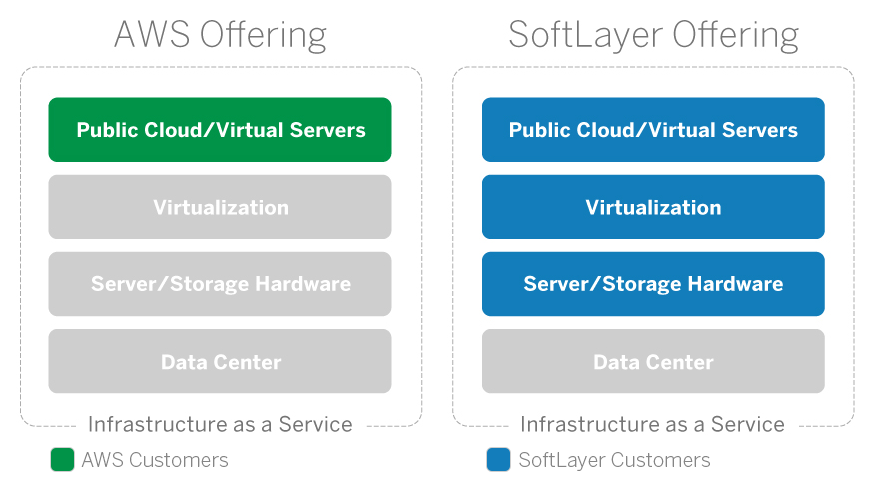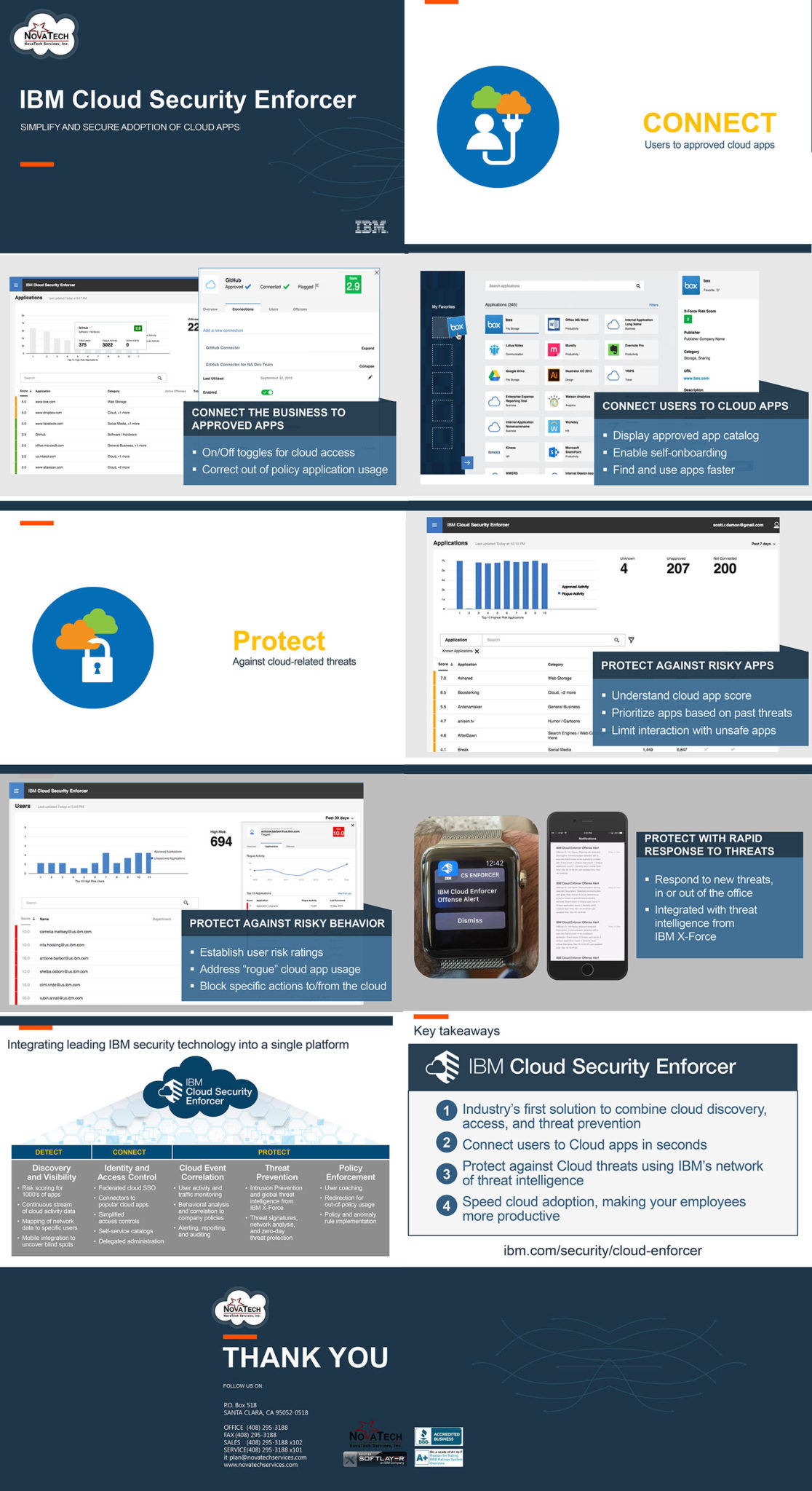Cyber Security end user training – Course Recommendation
NovaTech Services views cyber security as a top priority. We suggest all our clients consider giving end users cyber security training. The end user continues to be the riskiest point for IT security. Many users expect the IT systems to be the complete protection but they have a key responsibility themselves. There are many options for training and we suggest the following:
https://www.eset.com/us/cybertraining/
It covers key cyber security topics for end users. It’s free from Eset. It displays their logo but does not push any of their products. The webinar lasts 1.5 hours. But users can stop after 30 minutes and take the test. If they get 7/10 questions right they get a certificate they can email to prove completion of the course.
This requires users to register or you can register as a company and provide a link for individual users. The trick to viewing the webinar as a student and not “logging in as a manager” is not to answer the question about how many employees there are when registering as a student.






